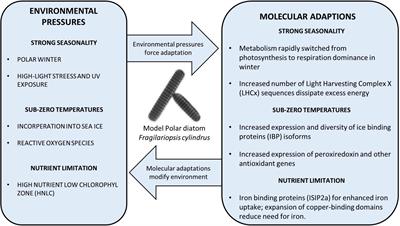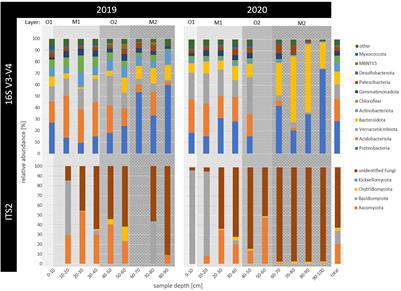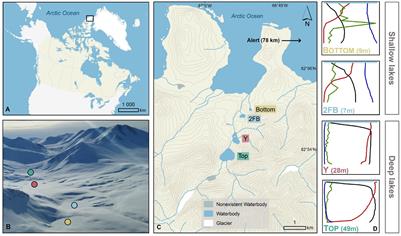EDITORIAL
Published on 30 Sep 2022
Editorial: Digitizing frozen earth—revealing microbial diversity and physiology in the cryobiosphere through “omics” tools, volume II
doi 10.3389/fmicb.2022.1013398
- 1,994 views
- 2 citations
13k
Total downloads
62k
Total views and downloads
You will be redirected to our submission process.
EDITORIAL
Published on 30 Sep 2022
ORIGINAL RESEARCH
Published on 09 May 2022

REVIEW
Published on 25 Mar 2022

ORIGINAL RESEARCH
Published on 24 Mar 2022

ORIGINAL RESEARCH
Published on 04 Mar 2022

ORIGINAL RESEARCH
Published on 11 Feb 2022

ORIGINAL RESEARCH
Published on 11 Feb 2022

ORIGINAL RESEARCH
Published on 31 Jan 2022

ORIGINAL RESEARCH
Published on 03 Jan 2022

ORIGINAL RESEARCH
Published on 29 Nov 2021

ORIGINAL RESEARCH
Published on 25 Nov 2021

ORIGINAL RESEARCH
Published on 11 Oct 2021

